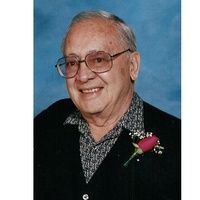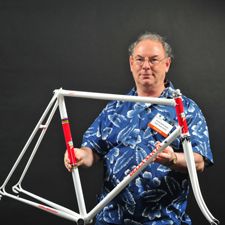I wandered lonely as a cloud
Even if he'd never written another line--or if everything else he wrote had "moon" and "June" rhymes--William Wordsworth would be rightly celebrated as one of the great English poets. Besides, with an name like that, he really couldn't be anything but a writer of some sort!
Anyway, we all know that clouds don't get lonely. (Or do they? ;-)) But nobody ever went to Wordsworth for a police report because he had what we call "poetic license."
I'm going to borrow it for a moment. Yesterday, I took a ride to Connecticut. At the Greenwich Common memorial, I saw this:
Does that vermillion-ish red flower feel lonely next to that sea of pink? She's on the outside, after all!
And if she feels lonely, does that mean those pink tulips are the "mean girls clique"?
Even if he'd never written another line--or if everything else he wrote had "moon" and "June" rhymes--William Wordsworth would be rightly celebrated as one of the great English poets. Besides, with an name like that, he really couldn't be anything but a writer of some sort!
Anyway, we all know that clouds don't get lonely. (Or do they? ;-)) But nobody ever went to Wordsworth for a police report because he had what we call "poetic license."
I'm going to borrow it for a moment. Yesterday, I took a ride to Connecticut. At the Greenwich Common memorial, I saw this:
Does that vermillion-ish red flower feel lonely next to that sea of pink? She's on the outside, after all!
And if she feels lonely, does that mean those pink tulips are the "mean girls clique"?




